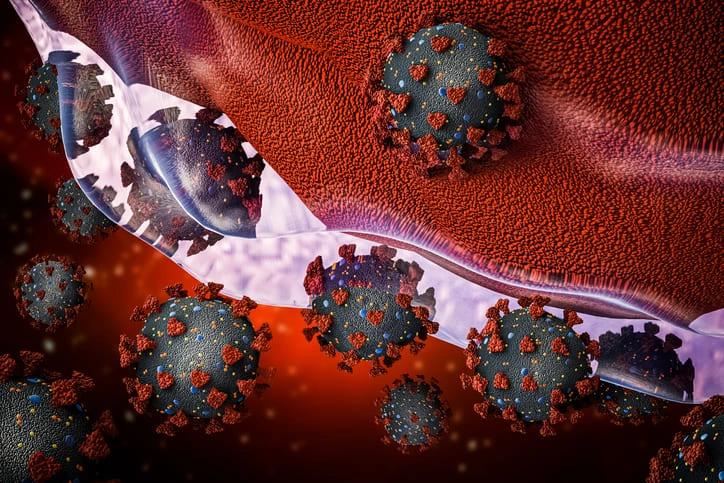KEY TAKEAWAYS
- The DEAR study used a single data source to assess real-world utilization and outcomes of three different ARIs (darolutamide, enzalutamide, and apalutamide) for nmCRPC patients.
- The study reported that patients treated with daro were less likely to discontinue their treatment or progress to mCRPC compared to those treated with enza or apa.
Recommendations for patients (pts) with nonmetastatic castration-resistant prostate cancer (nmCRPC) include second-generation androgen receptor inhibitors (ARIs) due to their efficacy in enhancing overall survival and metastasis-free survival. Patients’ drug tolerance is crucial since many remain symptom-free from their condition. Nevertheless, there’s a knowledge gap concerning the real-world (RW) results of various ARIs. The DEAR study uniquely employed one data source to evaluate the RW use and outcomes of darolutamide (daro), enzalutamide (enza), and apalutamide (apa) in nmCRPC pts.
The researchers conducted a retrospective analysis of electronic medical records from the Precision Point Specialty network of US urology practices. The study considered pts with nmCRPC who hadn’t received any novel hormonal treatment and began their first ARI therapy between August 2019 and March 2022. Participants were divided into three cohorts depending on their initially prescribed ARI during the nmCRPC phase. This preliminary report discusses the percentage of pts discontinuing their initial ARI treatment, those advancing to metastatic CRPC (mCRPC), and the projected rates of discontinuation/progression at intervals of 6, 12, 18, and 24 months based on Kaplan-Meier analysis.
The study encompassed 666 pts (daro/enza/apa distribution: n=276/280/110). Initial attributes like median age (80/79/80 years), percentage of White participants (68%/69%/74%), and median prostate-specific antigen doubling time (6.7/6.0/7.8 months) appeared consistent across the daro/enza/apa groups. The median duration of observation was also consistent. Notably, the daro group saw fewer discontinuations (27.9%) compared to enza (37.9%) and apa (45.5%). Similarly, fewer daro pts (18.1%) advanced to mCRPC in contrast to enza (28.9%) and apa (25.5%). Generally, daro exhibited a lower projected rate of discontinuation/progression relative to enza and apa.
From this preliminary data, even with similar baseline characteristics, daro pts showed a lesser tendency to either discontinue their treatment or progress to mCRPC than those on enza or apa.
Source: https://www.auajournals.org/doi/10.1097/JU.0000000000003257.13
Clinical Trial: https://classic.clinicaltrials.gov/ct2/show/NCT05362149
Shore, Neal D.; Khan, Nasreen; Constantinovici, Niculae; Khan, Javeed; Chen, Guifang; Xu, Julie; Ortiz, Jorge; Morgans, Alicia K.; George, Daniel J. MP29-13 REAL-WORLD STUDY ON DAROLUTAMIDE, ENZALUTAMIDE, AND APALUTAMIDE FOR NONMETASTATIC CASTRATION-RESISTANT PROSTATE CANCER PATIENTS USING A UROLOGY NETWORK IN THE UNITED STATES (DEAR STUDY), Journal of Urology: April 2023 – Volume 209 – Issue Supplement 4 doi: 10.1097/JU.0000000000003257.13



